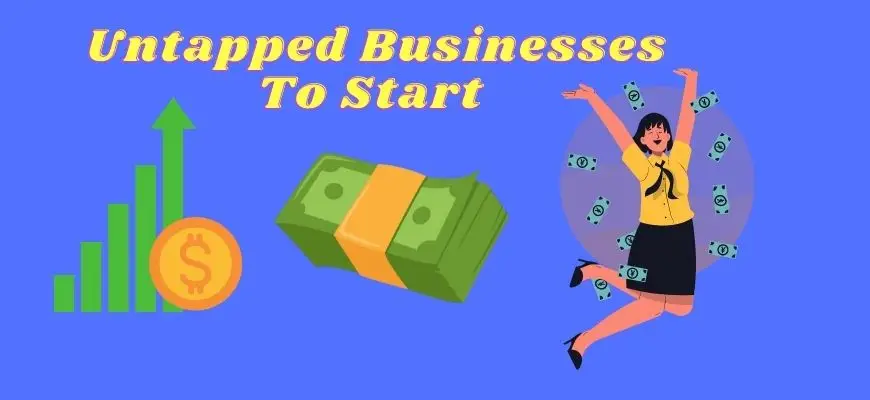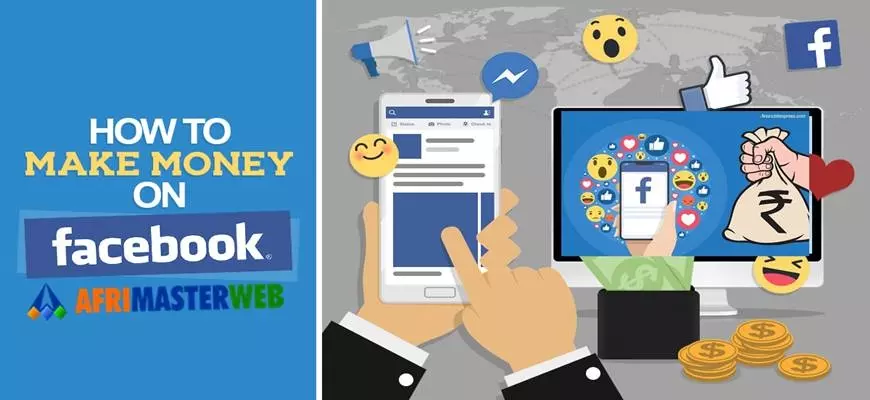In recent years, subscription-based business models have gained immense popularity, reshaping industries from entertainment and e-commerce to healthcare and software.
What once started as a niche concept—primarily seen in magazines, newspapers, and cable TV—has now expanded into virtually every sector. Consumers are increasingly drawn to the convenience, flexibility, and personalization that subscriptions offer, while businesses benefit from steady revenue streams, customer loyalty, and data-driven insights.
This article explores the rise of subscription-based business models, why they are becoming the preferred choice for businesses, their advantages and challenges, and key strategies for successfully implementing a subscription-based approach.
Understanding the Subscription Business Model
A subscription-based model is a revenue strategy where customers pay a recurring fee—weekly, monthly, or annually—to access products or services. Instead of one-time purchases, businesses focus on creating long-term customer relationships, ensuring continued value over time.
How the Subscription Economy Works
The fundamental principle behind subscriptions is delivering ongoing value in exchange for recurring payments. This model thrives on customer retention rather than one-time transactions, making it a sustainable and scalable business approach.
Key components of a subscription model include:
- Recurring payments – Customers pay at set intervals rather than making one-time purchases.
- Customer retention over acquisition – Focus on retaining existing customers by continually improving service.
- Scalability – Businesses can grow by expanding product offerings or increasing subscriber numbers.
Why Subscription-Based Models Are Growing Rapidly
Several factors have fueled the rapid adoption of subscription-based businesses:
- Digital transformation – The rise of AI, automation, and cloud computing makes subscription services more efficient.
- Changing consumer behavior – People prefer convenience, personalized experiences, and predictable costs.
- Market saturation in traditional retail – Businesses seek innovative ways to differentiate themselves and retain customers.
- Advancements in payment technology – Seamless digital transactions make recurring billing hassle-free.
Key Benefits of Subscription-Based Business Models
Predictable & Recurring Revenue
One of the most significant advantages of subscriptions is financial predictability. Instead of relying on inconsistent one-time sales, businesses generate stable, recurring income, allowing for better financial planning and growth projections.
Customer Retention & Lifetime Value (LTV)
Subscription businesses emphasize long-term relationships, leading to higher customer lifetime value (LTV). Rather than constantly acquiring new customers, companies nurture existing subscribers, reducing churn rates and improving retention.
Enhanced Personalization & Customer Experience
Data collection plays a crucial role in subscription models. Businesses can track user behavior and preferences, allowing for:
- Personalized recommendations (e.g., Netflix suggests shows based on viewing history).
- Customized products and services (e.g., beauty subscription boxes tailored to skin types).
- Exclusive member benefits that create a sense of belonging.
Scalability & Business Growth
Unlike traditional retail, where businesses must continuously launch new products to maintain sales, subscription services can scale efficiently by adding new features, content, or product variations.
Lower Customer Acquisition Costs (CAC)
Since subscriptions focus on retention, businesses spend less on marketing to acquire new customers. Instead, they invest in upselling, cross-selling, and engagement strategies to maximize customer value.
Industries Embracing Subscription Business Models
Subscription models are thriving across multiple industries, transforming how companies operate.
Entertainment & Media
- Streaming services (Netflix, Disney+, Spotify) have replaced traditional cable TV and CD purchases.
- News and digital publications use paywalls to generate revenue (e.g., The New York Times, Forbes).
Software as a Service (SaaS)
- Adobe, Microsoft, and Zoom have transitioned from one-time software sales to cloud-based subscription licensing.
- Business tools (e.g., HubSpot, Slack, Salesforce) use SaaS models for scalable pricing and updates.
E-Commerce & Subscription Boxes
- Product-based subscriptions (Birchbox for beauty, HelloFresh for meal kits) offer curated experiences.
- Amazon Prime combines multiple services under one subscription, increasing customer loyalty.
Health, Fitness, & Wellness
- Gyms & fitness apps (Peloton, Apple Fitness+) offer virtual coaching and on-demand workouts.
- Telehealth & wellness subscriptions provide personalized healthcare (e.g., mental health apps like BetterHelp).
Online Learning & Education
- E-learning platforms (MasterClass, Coursera, LinkedIn Learning) offer courses for a recurring fee.
- Professional memberships provide ongoing skill development and industry certifications.
You can check out our other useful business tips and trick that works like magic here
Challenges of Subscription-Based Businesses
Despite the advantages, businesses adopting this model must overcome several challenges:
Managing Customer Churn
Churn—the percentage of customers canceling subscriptions—can be a major issue. Businesses must:
- Provide continuous value.
- Offer flexible pricing plans.
- Engage subscribers with personalized experiences.
- Balancing Customer Acquisition Cost (CAC) & Lifetime Value (LTV)
If CAC is too high and LTV is too low, profitability suffers. Businesses need a sustainable acquisition and retention strategy.
Competition & Market Saturation
As more industries embrace subscriptions, companies must differentiate themselves through unique offerings, superior customer service, and exclusive benefits.
Customer Fatigue & Subscription Overload
Consumers may feel overwhelmed by multiple subscriptions, leading to cancellations. Businesses must ensure their service remains essential.
How to Build a Successful Subscription Business
Offer Unique & Continuous Value
A subscription must solve a problem, offer convenience, or provide exclusive experiences to retain subscribers.
Optimize Pricing Strategies
Different pricing models cater to diverse audiences:
- Freemium Model – Basic services are free, while premium features require payment.
- Tiered Pricing – Different subscription levels (e.g., Basic, Pro, Enterprise).
- Annual Plans with Discounts – Encouraging long-term commitments.
Subscription Revolution: Why Customers Stay Hooked Leverage Data & AI for Personalization
Using customer insights to personalize recommendations, predict churn, and enhance user experiences ensures long-term engagement.
Make Cancellation Easy (But Re-Engagement Easier)
- Offer a "pause" option instead of outright cancellation.
- Send targeted reactivation offers to former subscribers.
- Provide incentives for long-term commitments.
Invest in Technology & Automation
- Seamless billing systems reduce payment failures.
- AI-driven customer support enhances user experience.
- Automated email marketing nurtures relationships.
Future of Subscription-Based Business Models
- As technology advances, the subscription economy will evolve in exciting ways:
- AI & Predictive Analytics – Enhanced personalization and engagement.
- Blockchain & Smart Contracts – Secure, decentralized payments.
- Subscription Marketplaces – Platforms bundling multiple services under one plan.
Businesses that prioritize innovation, personalization, and customer-centricity will thrive in the future of subscriptions.
Why Subscription Models Are Here to Stay
The shift to subscription-based business models is more than a trend—it’s a fundamental change in how companies engage with customers. With benefits like predictable revenue, enhanced customer relationships, and scalability, businesses across industries are embracing this approach.
However, success in the subscription economy requires delivering continuous value, reducing churn, and leveraging technology for personalization and automation. Businesses that master these elements will dominate their industries and sustain long-term growth.

.jpg)


